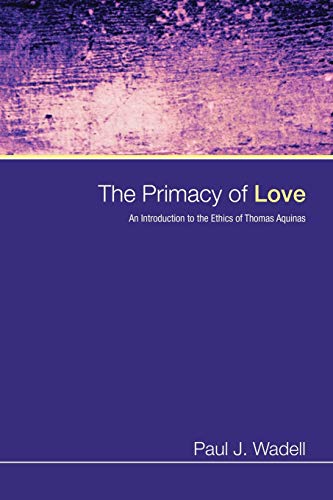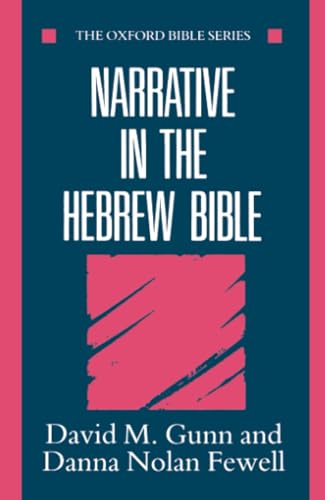The Shape and Shaping of the Psalter (JSOT Supplement 159)
Written by J. Clinton McCann (ed.) Reviewed By Beat WeberThe deliberate arrangement of Psalms and of the Psalter itself has raised issues of the redactional and canonical processes, the historical and literary contexts and the theological purposes of the form of the psalter. These collected essays, mostly papers presented at the Annual Society of Biblical Literature meetings of 1989 and 1990, are grouped into two main parts. The five essays of Part One concern basic hermeneutical questions about the possibility and the direction of a ‘third way’ distinct from the traditional form-critical and cult-functional approaches to the psalter. J.L. Mays offers five kinds of data to discern the significance of the final form and function of the book of Psalms. Essays by R.E. Murphy and W. Brueggemann are responses to Mays which interact and develop further guidelines for Psalms study. The fourth contribution, ‘Understanding the Purposeful Arrangement of Psalms in the Psalter: Pitfalls and Promise’, is from G.H. Wilson. Along with the general impulses from B. S. Childs, Wilson’s dissertation (The Editing of the Hebrew Psalter, Chico, 1985) has profoundly influenced this development of research in recent years. In his paper he stresses the danger of far-reaching hypotheses and the need for the careful investigation of linguistic and thematic connections of individual psalms within the groupings. D.M. Howard Jr attempts to elucidate editorial activity in the psalter.
Part Two, ‘The Psalter: A Whole and Its Parts’, considers specific issues. Wilson notes the difference between the first three and the last two divisions in the five books of the psalter. He also studies editorial ‘frames’ around psalm groups and books, such as the ‘davidic’, ‘asaphite’ and ‘qorahite’ frames in Books II–III, the ‘mosaic’ frame around Book IV, and what he designates as the ‘Royal Covenant Frame’ (Pss. 2; 72; 89; 144) and the ‘Wisdom Frame’ (Pss. 1; 73; 90; 107; 145). The hallel psalms, 146–150, form a concluding doxology of the last book and of the whole psalter, P.D. Miller focuses on the function of Psalms 1 and 2 as a dual introduction to Book I and to the whole psalter. J.C. McCann Jr observes how the individual shapes of Books I–III support the editorial purpose of the psalter to address the problem posed by the exile. In the final essay Howard provides a contextual reading of Psalms 90–94 to understand the arrangement of Book IV. This consists of three series of consecutive psalms with internal coherence (Pss. 90–94, 95–100 and 101–106).
This method of study of Psalms and the psal ter is relatively new. The hypothetical character of some of the results is therefore not surprising. Further research has to be done. These questions also appear in the European scholarly community, especially among German Catholic theologians (E. Zenger, F.L. Hossfeld). They form one of the main themes in future research. The approach provides new and interesting insights. For the Psalms it is as important as the question of their origin. The essays of this book are important steps in this direction.
Beat Weber
Linden BE, Switzerland







